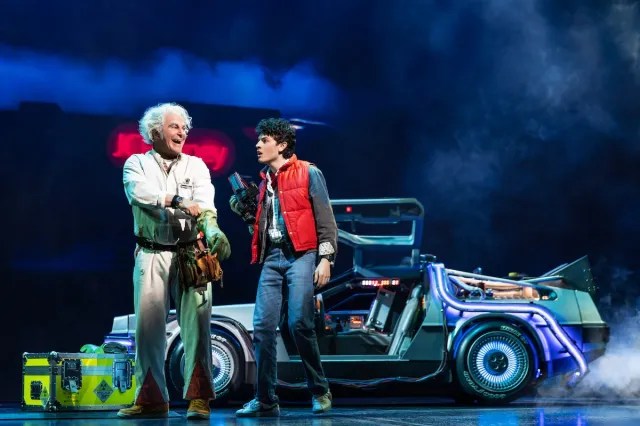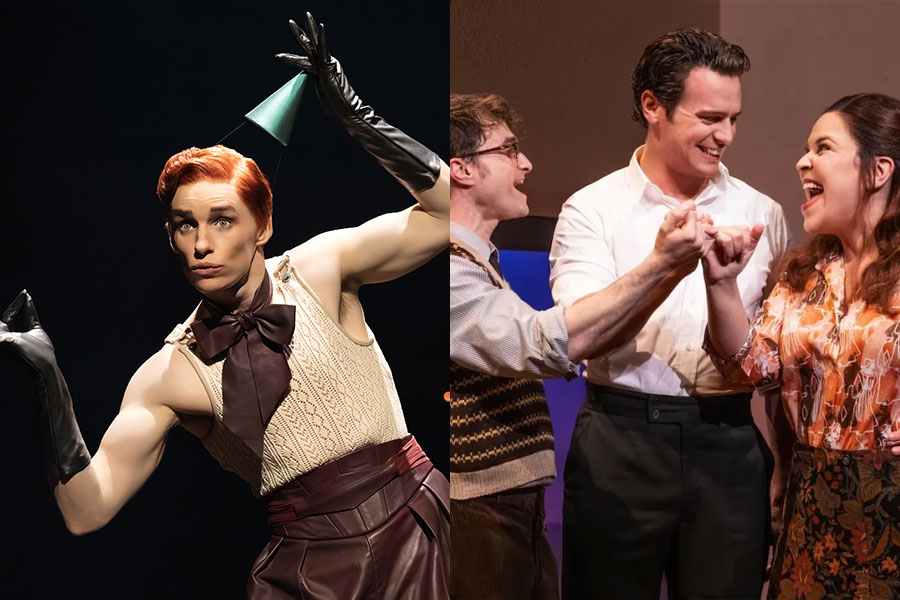Notting Hill Network
It seems extraordinary that there are now two tiny 70-seater hothouse theatres in Notting Hill within a five minute walk of each other.
There is a slight overlap: one of the Gate’s patrons is behind the new venture, and both venues have joint artistic directors — Natalie Abrahami and Carrie Cracknell at the Gate, Anda Winters and Lucy Bailey at the Print Room.
And both venues seem suddenly essential. The Gate is always trying something new and straining for new forms and ways of mobilising texts and altering the space: the designer Tom Scutt said to me the other day that the place is unique in the opportunities it offers for framing actors in apertures and messing with perspective.
And the Print Room follows its pullulating Pasolini play, Fabrication, with a surprise Alan Ayckbourn ghost thriller, Snake in the Grass, and is soon joining in the Tennessee Williams centenary celebrations (which must be going on somewhere; details on a postcard, please) with a new look at one of his allegedly weakest plays, Kingdom of Earth — I remember an excruciating production at Hampstead Theatre.
While the Gate ticks over with its latest play, an Australian father and daughter crisis called Fatherland, Nathalie Abrahami has been putting on a Hollywood studio version of A Midsummer Night’s Dream for Rupert Goold’s touring Headlong company.
It’s a high concept Dream without, as yet, the dazzling execution, or the narrative clarity, of Goold’s outrageous Shakespeare productions. I nipped down to Southampton to see the show at the weekend in the Nuffield Theatre, and almost the first person I met in the bar/cafe was Caroline Maud, formerly Stephen Daldry’s administrator at the Gate (and, for that matter, Tim Supple’s at the Young Vic) and now a Headlong board member.
There she was, in all her willowy pre-Raphaelite splendour with designer husband Anthony McIlwaine, and their three stunning young daughters, tucking into fish pie and baked beans before the show.
(I was at an adjoining table with Guardian critic Lyn Gardner, fresh from a matinee of Somerset Maugham’s The Constant Wife at Salisbury, and her sprightly 83 year-old Dad.)
The Nuffield has always struck me as a slightly dismal theatre and it wasn’t exactly set alight by the Dream, alas. But at least the more or less director-proof quarrel scene, Act 3 Scene 2, was physically expressive and wittily engaging, and the Pyramus and Thisbe scene helped sort out a few of the tangled threads woven by the concept between lovers, mechanicals and royalty.
Most interesting to me was the fact that Goold had obviously dragged Nathalie out of her Gate cocoon and comfort zone, and I’m sure the production will bind and cohere as it sets out on a fairly long middle-scale theatre tour over the next few months.
The Nuffield is stuck in the middle of an unlovely university campus and has one of the most baffling circular foyers I know; the toilets, for instance, seem to belong to somewhere else, half way along a separate corridor.
And the theatre could improve its website by giving clearer — in fact, any — instructions on how to find the place. The quickest route from London, if you’re not driving, is by train from Waterloo to Southampton Airport Parkway, where there’s a Unilink bus shuttle right to the Nuffield’s front door.
It’s almost as hard to find, at first, as the Print Room, which is hidden away in a Bermuda Triangle bounded by Notting Hill, Queensway and Paddington. But once sorted, like the Nuffield, it’s easy-peasy.
Nor does the Print Room have to deal with a downstairs pub, as the Gate does. There’s a fairly decent pub opposite, which also serves food, but be warned: the service is terrible and you could have zoomed half way to Southampton before sipping an over-priced half glass of plonk.
Anyway, I was having a coffee with Nathalie earlier in the day opposite the Gate in Le Pain Quotidien when who should we find seated at the next table but — no, not Caroline Maud — Janie Dee, who lives round the corner.
Janie was filling in a friend on details about a skiing lodge she either owns or rents out, and was bubbling (what else is new?) about her upcoming role in All’s Well That Ends Well at the Globe this summer. As it was Valentine’s Day and I’d received no cards at all except from my wife, I immeditaley knew this brief encounter was meant to happen.










